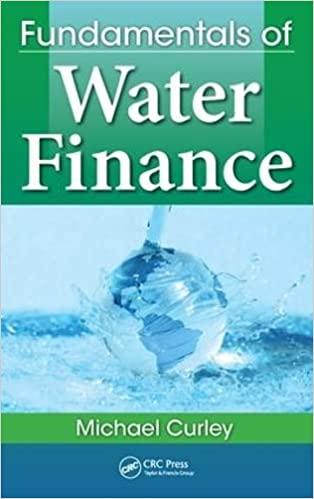Question
Question 3 Can a fund manager invest in all the bond classes, given the RRLLTTU fits the client? Yes. The RRLLTTU is the framework of
Question 3
Can a fund manager invest in all the bond classes, given the RRLLTTU fits the client?
-
Yes. The RRLLTTU is the framework of selecting assets.
-
No. The manager needs to consider the legal impact of the investment. Some bonds are not at the investment grade and are banned by regulation.
-
No. The asset must also fit the client's portfolio.
Question 5
Should we abandon all the analyses based on historical charts and data?
-
It depends. We should use those that people have applied to not only the stock market but also the bond and other financial markets.
-
It depends. We should use those that have accounting, statistical, or economics basis.
-
It depends. We should use those that some of our peers have communicated.
In a deflationary environment, a firm reporting COGS (cost of goods sold) using the FIFO method will definitely create a
-
higher operating profit.
-
lower gross profit.
-
lower operating profit.
-
higher gross profit.
Which of the following statement is NOT true?
-
Compared to net income, earnings per share (EPS) is more related to equity holders because it considers the impact of number of common shares issued.
-
Compared to net income, earnings per share (EPS) is more related to equity holders because it excludes the interest expenses paid to debtholders.
-
Compared to net income, earnings per share (EPS) is more related to equity holders because it is more directly linked to equity valuation.
The difference between Short Term Investments and Long Term Investments is:
-
Short Term Investments are speculative, and Long Term Investments pursues steady returns
-
Short Term Investments are making use of the temporary cash, and Long Term Investments are strategic
-
Short Term Investments focus on bond markets to control risk, and Long Term Investments focus on stock market to prepare for Merger and Acquisition.
Paid-in capital, compared to retained earnings, are
-
less important, because how the firm started its business is less important than its earnings.
-
more important, because retained earnings reports only a portion of net income and misses the other portion of net income which is the benefits distributed to the shareholders.
-
more important, because paid-in capital sets up the firms scale and business model.
The signal effect used to explain the pecking order states that
-
Firms are unwilling to issue equity if they find themselves in need of liquidity.
-
Firms are unwilling to issue bond if they find themselves profitable.
-
Firms are unwilling to issue equity if they find themselves profitable.
Step by Step Solution
There are 3 Steps involved in it
Step: 1

Get Instant Access to Expert-Tailored Solutions
See step-by-step solutions with expert insights and AI powered tools for academic success
Step: 2

Step: 3

Ace Your Homework with AI
Get the answers you need in no time with our AI-driven, step-by-step assistance
Get Started


